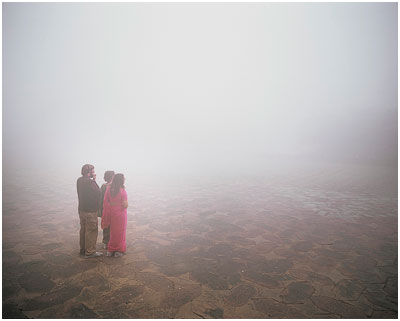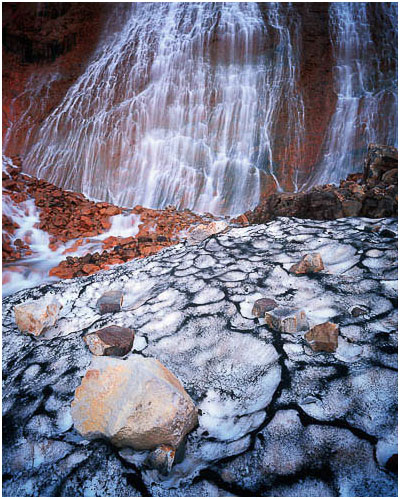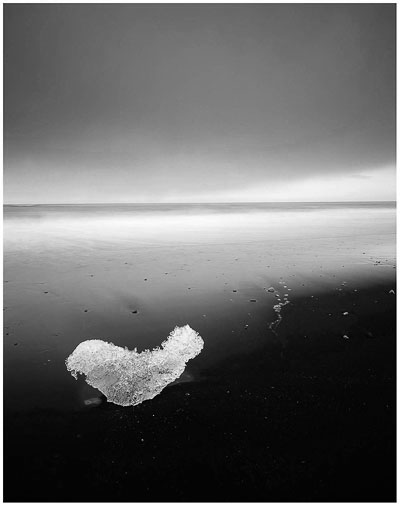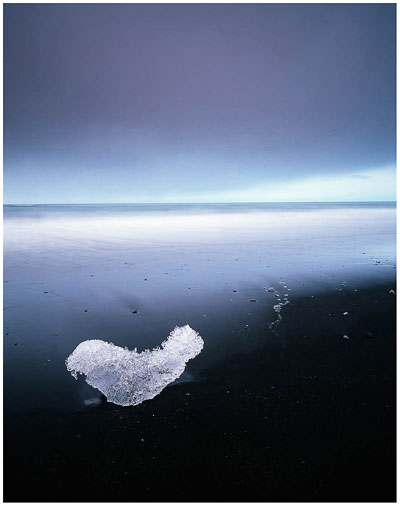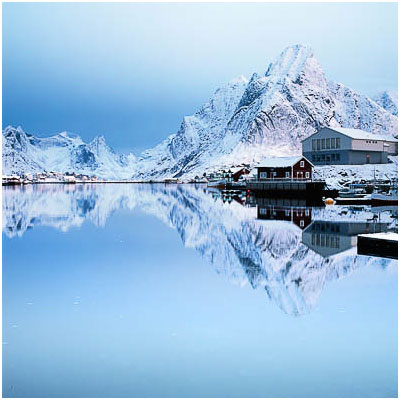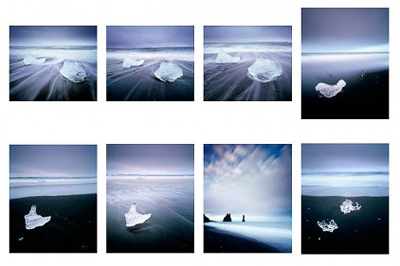For a few weeks, while I was away in Bolivia and Patagonia, I had a little portable pair of stereo speakers for my iPod. I've had trouble sleeping of late, partly due to the change in time zones, climate, different beds each couple of days, and so on. I found Brian Eno's album 'Discreet Music' was ideal for listening to while I tried to sleep. I found it extremely soothing and it often fitted the background very well.

I read this about the album today on Wikipedia:
"The inspiration for this album began when Eno was left bed-ridden in a hospital by an automobile accident and was given an album of eighteenth-century harp music.[2] After struggling to put the record on the turntable and returning to bed, he realized that the volume was turned down (toward the threshold of inaudibility) but he lacked the strength to get up from the bed again and turn it up. Eno said this experience taught him a new way to perceive music:
"This presented what was for me a new way of hearing music—as part of the ambience of the environment just as the color of the light and the sound of the rain were parts of that ambience."
I found this extremely interesting. Eno was forced to re-interpret the harp music in an unintended way. I often find many things are more interesting when used in an unintended way, and I think as a creative person, we should not just assume, but instead, we should enquire. This is what Eno did with his harp music, and I feel this is very much the main task of a creative person. We are enquirers. We engage with our subjects and we should question what is there, because without questioning, we may never see a new side, a new angle, or come across a discovery in our own art.
That alone is worth discussing. But let's move on to the main point for me - he decided to put an album together that was basically 'furniture music', music that was intended to fit as ambience more than anything. I often find other music like Steve Reich's Music for 18 Musicians is also perfect background ambience. But I think what got me in the last sentence in Wikipedia was Eno comparing the harp music as just another facet of his environment: it was no different from the colour of the light or the sound of the rain.
In a way, shouldn't there be little or no separation between what we create and our environment? It is our environment that is our influence. We are a product of our environment, so why should be compartmentalise our creative time from the rest of our lives?
I know for instance, that many workshop participants tell me it takes them a few days to get their visual muscle working well while out making images. Perhaps I've had too much exercise in that department, but I see no reason why I can't always be thinking visually while I am not making images. Why should I compartmentalise this to something I do when I make images, and something I don't do, while I am watching TV, or driving?
I prefer not to compartmentalise. For instance, when I make images out in the field, I see no separation from the shoot, and the edit. In fact, I often feel as though I am iteratively going back and forth from editing and creating while I am on location, and I often re-compose the image through cropping once back at home. Putting a logical division in there, only gets in the way of what it is that I am doing - it is one never ending journey.
Currently, I have around 68 rolls of film from my recent trip to Patagonia and Bolivia away for development, but I don't consider the creative process stalled or stopped at the moment; they feel as if they are simply fermenting in my mind, waiting for the continuation of their birth to happen once they arrive back on my desk at home.
I certainly found listening to Discreet Music at a low volume was important. Too loud, and it dominated, but at the right volume, it integrated with my environment, and worked at a subliminal level. I was aware that something was being played, but my thought patterns weren't distracted by it.
I feel I have the same attitude whilst working on my images. And when I mean working on them, I mean the entire process - from out in the field, to back at the ranch in my digital darkroom: the process is one and the same thing for me. The process shouldn't be overly demanding. I shouldn't be overwhelmed at any stage, because this induces a form of stress. Stress is a form of blockage. Blockages have nothing to do with being creative, but more to do with writers block. To create, things must flow.
Creative people know that work has a way of surfacing. It may feel as if there was no intervention at times, because I think we tap into our subliminal states whilst we are in the creative mode.
Listening to music such as Eno's Discreet Music teaches me something. It taught me that my own mind is always working on things, even when I am not aware of it, and that when I think I haven't started on some work, that maybe the work is already underway in the back of my mind. I never really know how new work comes about, how it is created or where the source of it lies. All I know is that by being receptive to my subconscious, and by not putting boundaries or divisions up in my creative process (field work vs digital darkroom work for instance, or by thinking there are times for being creative, and times for when I shouldn't be), the work has a chance to flow.

